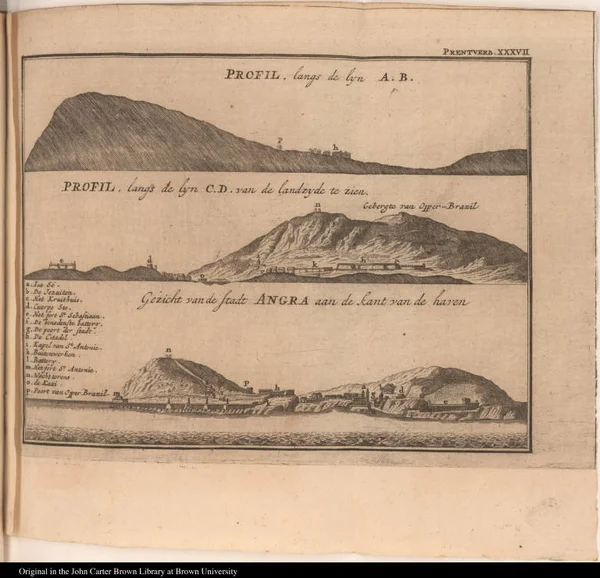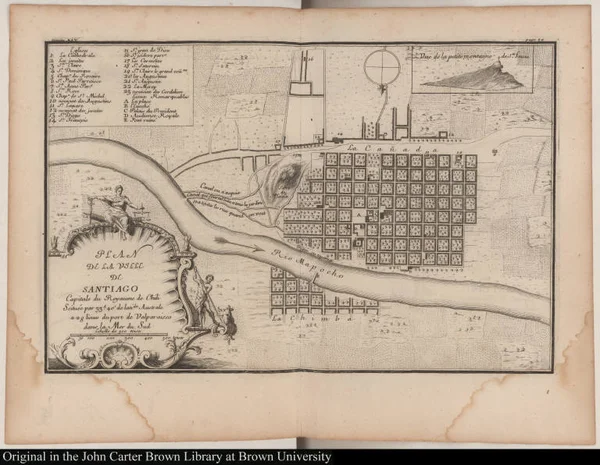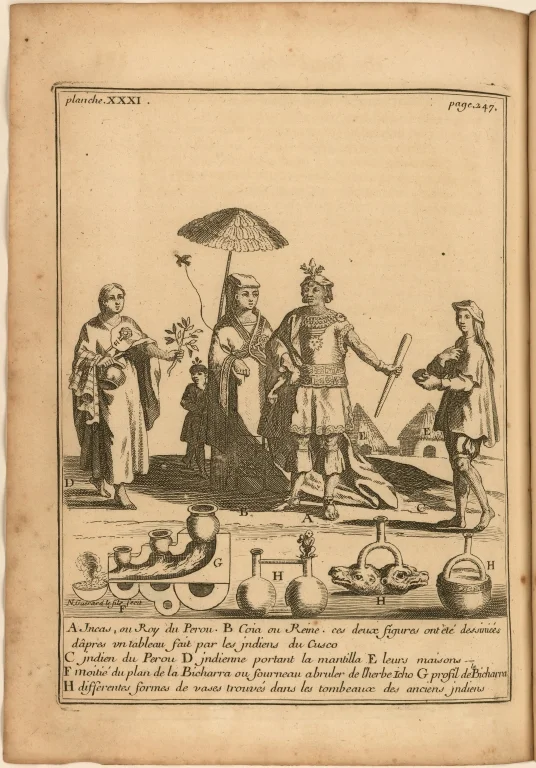A Voyage to the South-Sea, and Along the Coasts of Chile and Peru, in the Years 1712, 1713, and 1714: Particularly Describing the Genius and Constitution of the Inhabitants, as well Indians as Spaniards: Their Customs and Manners; Their Natural History, Mines, Commodities, Traffic with Europe, &c., is a travel journal compiled in 1716 by Amédée-François Frézier, a French military engineer, mathematician, spy, and explorer under the French King Louis XIV, and published following the King’s death. The journal recounts Frézier’s information gathering mission to the Spanish ports and fortifications of South America, along the Pacific coastline as far as Callao, the port of Lima.
In 1712, King Louis XIV dispatched Frézier to the Americas to conduct hydrographical observations of the region and to report back on the land and the Indigenous forms of knowledge that were made secret by the Spaniards at that time. The French King tapped Frézier for his mission because of, inter alia, Frézier’s military background (especially, his expertise in military fortifications) and proven track record as an explorer. Frézier’s mission goals were intended to be secret, so Frézier and his team traveled under the guise of merchants. Frézier was charged with correcting as well as updating existing navigational charts, analyzing the fortresses of the western coast, investigating the inhabitants of the Viceregal cities, and obtaining information about the Spanish ports and markets. Following the War of Spanish Succession, King Louis XIV’s grandson was crowned King of Spain. Because of the newly forged connection between Spain and France, Frézier’s voyage also provided an opportunity to covertly monitor Spanish possessions and exports as well as assess potential strategies of attack should a conflict arise with the Spanish crown.
Frézier’s journal ranges from the factual to the anecdotal in tone. It presents a diverse array of musings, opinion and commentary from Frézier, who often wandered in his descriptions of his surroundings. This narrative voice found amongst observation and calculation is characteristic of the travel diary, a popular genre of the time.
The early modern period was marked by burgeoning global travel and trade networks and encounters, leaving world powers to scramble over control of resources. However, obtaining coveted reliable information regarding the Americas and the Spanish Viceroyalties was most difficult for other European countries and empires as Spain had for many years censored information of the American Viceroyalties from other countries. As a result, the Americas were exoticized and inquired after by many European audiences. A journal such as Frézier’s describing the inhabitants and customs of the Americas was a highly sought-after commodity at the time. So, when Frézier published his journal after King Louis’s death, it was an instant success in France as well as in the Netherlands and England. Frézier’s account not only met the informational needs of his monarch and of sailors and explorers (who relied on travel accounts as instructional texts for both shipboard authority and scientific observation), it also satiated the curiosities of an ill-informed European public.
Despite any effort by Freziér to objectively capture and report information for his King, the power dynamics of coloniality and imperial conflict subjectively shaped its codification. For example, Freziér’s discussion of city and port layouts addresses not only points of access but also references trade customs and how Viceregal architectural plans reshaped or adopted past, pre-conquest elements. Additionally, Freziér’s discussion of militias, international conflict, and potential alliances with the Indigenous communities also references pre-conquest technologies, governments, and military practice, as well as colonial oppression or appeasement. Also, Frézier mentions Indigenous mining practices and cultural production when he discusses resources exploited by the Spanish that could be economically beneficial to the French. Thus, even though Frézier’s account was principally aimed at providing military and economic intelligence to France, its contents illuminate a global colonial past and its complexities.













